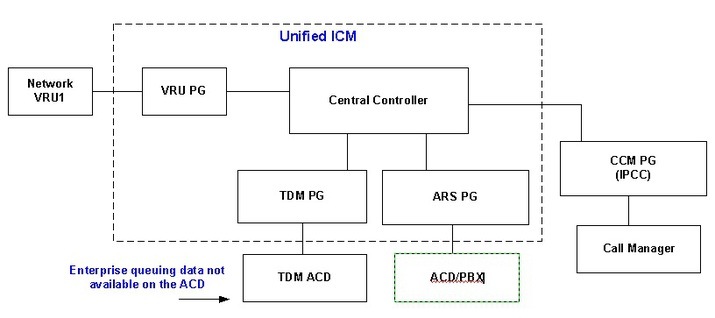Different Cisco Unified CCE Deployments
Cisco Unified CCE reports help to monitor operational effectiveness, customer experience and contact center agent performance across your enterprise.
In order to effectively run your call center using the data provided by enterprise reports, it is important to understand the different Cisco Unified CCE deployments.
The Peripheral Gateway component in a Unified CCE system is used to interface with peripherals at the different call centers in your enterprise.
The capabilities provided by the Unified CCE software when connected by a traditional TDM PG to a legacy TDM ACD differ from the capabilities provided by a Gateway PG and a Unified CM PG.
Unified CCE can be deployed with different types of Peripheral Gateways to meet the call center needs in your enterprise.





 Feedback
Feedback